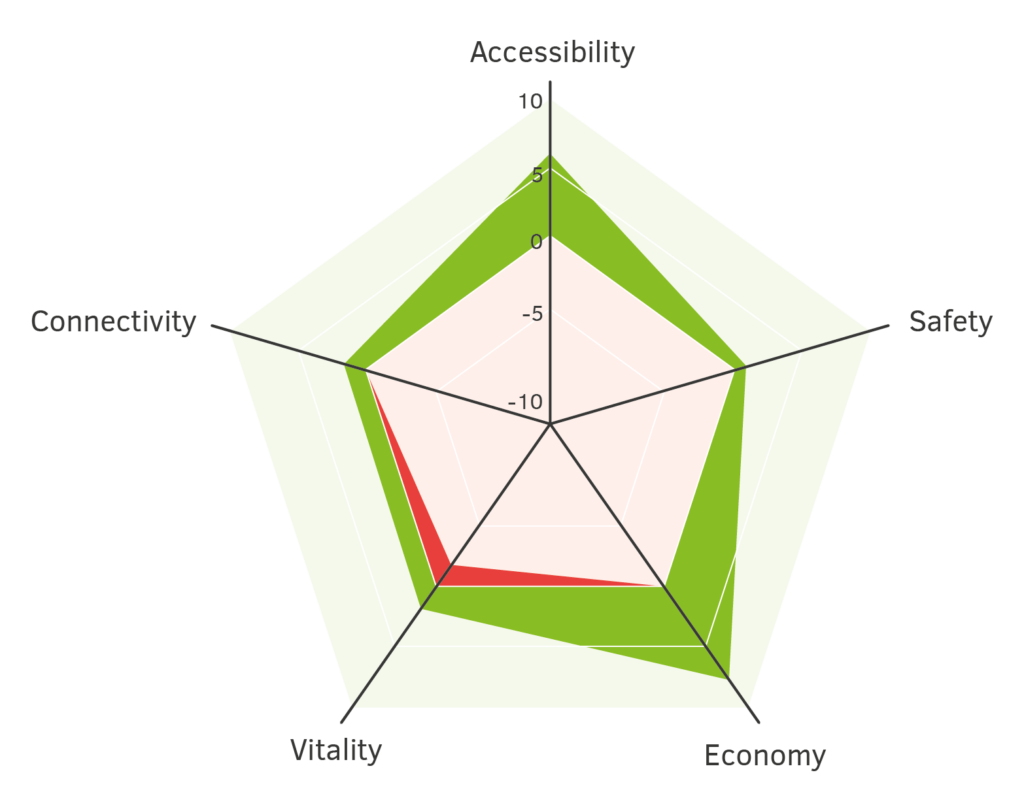Waal Eemhaven
Type of solution: Spatial planning
Node: Rotterdam
The municipality of Rotterdam together with the Port of Rotterdam (port authority) wish to develop the Waal-Eemhaven in Rotterdam from a deep sea terminal to a short-sea container terminal with a higher amount of freight transport via road. This development has impact on the freight flows to and from the Rotterdam port area, but also could have mayor impact on the connection with Rotterdam South. Traditionally Rotterdam South has many low educated inhabitants in the neighbourhoods Maashaven and Tarwewijk (directly surrounding the Waal-Eemhaven area). Further development of the port can open up new job opportunities for these inhabitants and a new future via this port area, that is located on short distance from the city centre. The development of the Waal-Eemhaven area to a housing area means that lots of people that are currently working in Waalhaven East and South would need to travel much further to get to their work in the future, which would increase traffic flows. Mixing the functions of the Waal-Eemhaven area is therefore seen as an option in order to stimulate using bike and public transport to travel over shorter distances to work. On the other hand, the development of housing would mean turning down the environmental contour that is labelled to the area. Preserving this environmental contour for possible future developments and need for industrial areas is preserved. For example petrochemical industry and the conservation of this in order to have the port area remain interesting and relevant for the future and of added value for the Netherlands. As there are not so much big industrial areas left with a big environmental contour. The development of the Waal-Eemhaven, although it is still in process, could be seen as an example in which investments in the city take into account liveability, accessibility and safety issues as well as infrastructure, logistic and spatial planning aspects.
